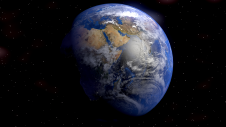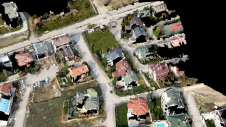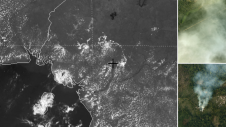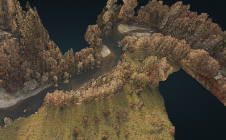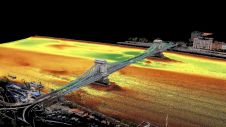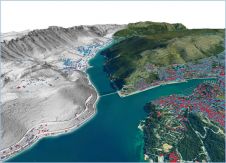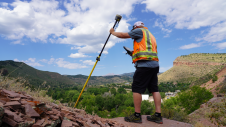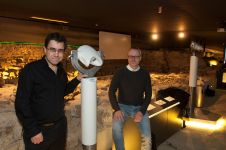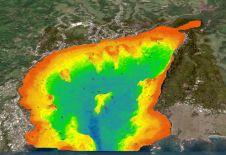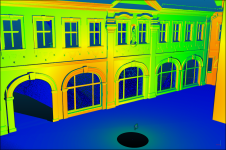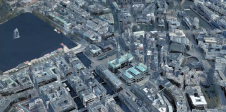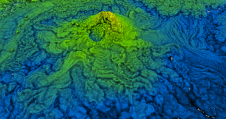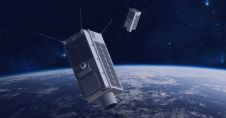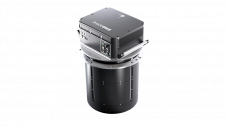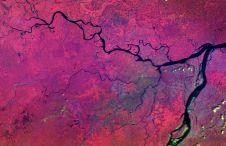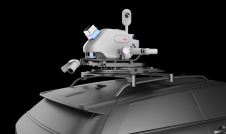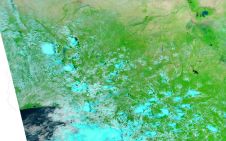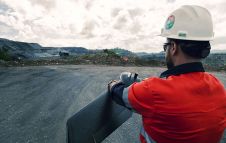Imagery and GIS
Imagery will be a future integral part of GIS. Some will argue that it already is. Some will even say that pictures are the basis, the fundamentals of GIS. Well, I can at least say we're well underway in this direction, and that's perfect, because it's such a logical combination that will surely push analysis of data further towards maturity. Esri president Jack Dangermond talked about imagery and GIS during his keynote speech at the annualuser conference, held this year from 12th to 16th July in San Diego, California. Imagery and GIS, Dangermond told the crowd gathered in the convention centre, had finally come together in the latest version of ArcGIS. According to Dangermond the possibilities are limitless, and he shared the example of an overgrown forest road analysed using Lidar and GIS as just one small instance in which the combination offered added value.
It's important to say that, as shown in this example, imagery is defined as being broader than just pictures. We're talking Lidar and hyperspectral high-resolution aerial, as well as terrestrial, imagery, and in the future even horizontal as well. Fusing these and taking the best info out of all sorts of images will immensely enhance possibilities. Imagery as an essential component of GIS allows professionals to load, manipulate and disseminate imagery in the same environment they are used to working in. It will not just enhance possibilities in terms of analysis, but also in efficiency, and therefore money.
Closing my last paragraph with the word ‘money', which is of course so necessary in times of economic struggle, it is very important to point out as well that the combination of imagery and GIS will have major benefits for ‘the greater good'. In other words, taking the path of combining techniques will make it possible to act faster in disaster response. Richard Cooke, president of ITT Visual Solutions pointed out in San Diego how relief work on the oil spill in the Gulf of Mexico could be helped by real-time imagery in combination with GIS. An important area for improvement or, if you like, point of focus for developers, is the speed of data processing. This will be key to disaster response. That said, one could conclude that we are indeed underway, but not quite there yet.
One thing is sure, GIS is getting a boost from embracing imagery. It's breaking down a wall between two subfields in geomatics - GIS professionals and photogrammetrists and remote-sensing specialists - and that's a step forward that might be just what is needed for the future of the broader field.
Make your inbox more interesting.Add some geo.
Keep abreast of news, developments and technological advancement in the geomatics industry.
Sign up for free

